WBBSE 10th Class Social Science Solutions History Chapter 5 Alternative Ideas & Initiatives (From mid-19th Century to the Early 20th Century) : Characteristics and Observations
WBBSE 10th Class Social Science Solutions History Chapter 5 Alternative Ideas & Initiatives (From mid-19th Century to the Early 20th Century) : Characteristics and Observations
West Bengal Board 10th Class Social Science Solutions History Chapter 5 Alternative Ideas & Initiatives (From mid-19th Century to the Early 20th Century) : Characteristics and Observations
WBBSE 10th Class History Solutions
- The cause of Indian nationalism was largely promoted by the Indian press. The first newspaper in India was started by James Augustus Hicky. To the Serampore Missionary goes the credit of publishing the first Bengali monthly, ‘Digdarshan’.
- In 1818, there appeared ‘Samachar Darpan’ with JC Marshman as its editor. Several other newspapers were published during this period. Among them, mention may be made of ‘Sambad Kaumudi’, ‘Samachar Chandrika’, ”Sambad Prabhakar’, ‘Jnananweshan’, ‘Sambad Bhaskar’, ‘Saptahik Bartabaha’. etc. These newspapers helped in spreading knowledge and awareness among the people.
- During the 18th and 19th century, people of India were largely illiterate. With the introduction of printing of text books, dissemination, of knowledge became easy. The Baptist Mission Press started to print books in Bengali and other provincial languages. In 1800, Lord Wellesley founded the Fort William College to give training to the newly recruited young civilians in India.
- Upendrakishore Raychowdhury was pioneer of the printing industry. He is remembered in India and abroad for the new method he developed for printing both books and photographs in black and white as well as in colour. In 1913, he started one of the best publishing houses at Garpar in North Calcutta. He invented several techniques related to halftone block making.
- During this phase, researches were also carried on in different fields of science. Mahendralal Sircar established the ‘Indian Association for the Cultivation of Science’. In this context, the name ‘Basu Bigyan Mandir’, which is a research institute in the fields of Physics, Chemistry, Plant Biology, Bioinformatics, might be mentioned. The ‘University College of Science and Technology’ also deserves to be mentioned here.
- Towards the end of the 19th century, the nationalists felt that since the exisiting system of education was inadequete, the ‘National Educational Institution’ could not meet the educational needs of the society. So the ‘National Council of Education’ was founded with the objective of organising an elaborate system of education on national lines and under national control.
- Another group of educationists set up the ‘Society for Promotion of Technical Education in Bengal’, whose objective was to promote technical education among the masses.
- Rabindranath’s ideas of education materialised through his ashramic school at Santiniketan. Teaching-learning in Santiniketan was conducted under the open sky because Rabindranath himself disliked keeping students confined within four walls of a classroom. Pupils participated in various forms of creative activities and social development schemes for spiritual and social development.
- Rabindranath wanted to harmonise and integrate Eastern and Western cultures at ‘Visva Bharati’. According to him, “the foundation of the relationship in which awaits dissemination all over the world will be established here.” While explaining the aims and functions of the institution, he said that being strongly impressed by need and responsibility, he had formed a nucleus of an International University for the promotion of mutual understanding between the East and the West.
TOPIC – A
Answer in 15 to 16 sentences
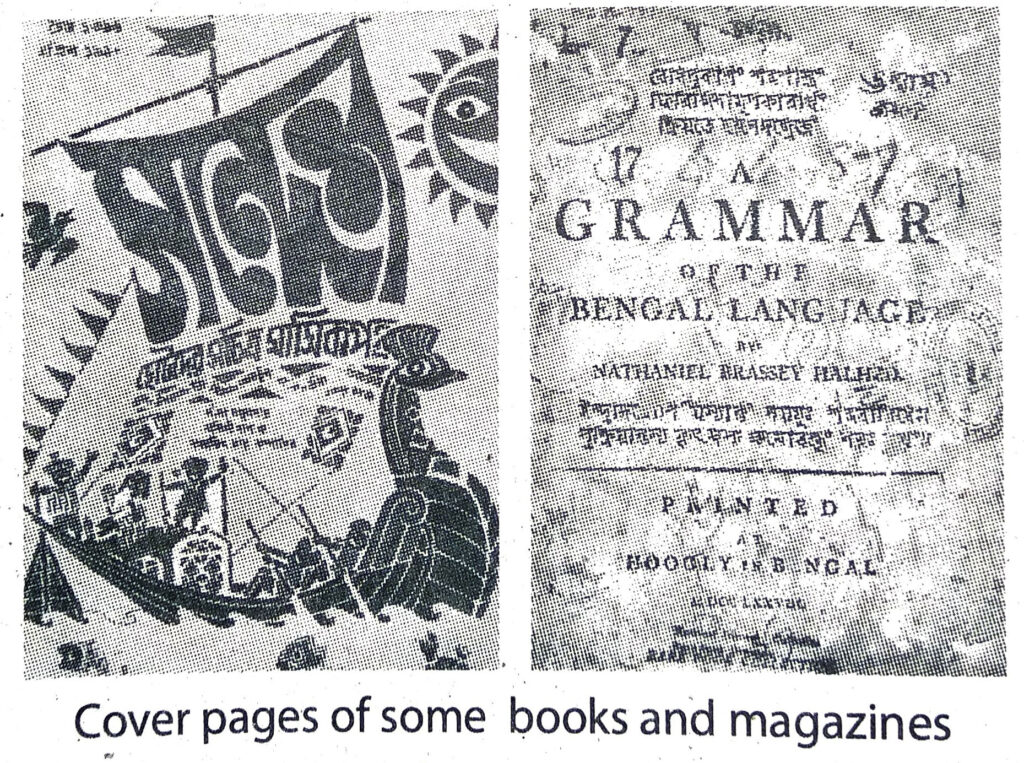
- 1Establishment of printing press: William Carey set up a printing press in Serampore in 1800. Through this press translations of the Bible, the Ramayana, the Mahabharata and other Indian literary works as well as various textbooks were published and became available to the students in the rural areas.
- Establishment of schools: In 1818, about 103 primary schools were established in Serampore and adjoining areas which accomodated about 6703 students. Serampore Mission established the first school for girls and thus played an important role in spreading women’s education.
- Establishment of colleges: William Carey and his two associates established a degree college in Serampore in 1818 at their own expense. It was the first degree college in Asia.
- Medium of instruction: Carey had realised that it was necessary to provide education through vernacular medium i.e., Bengali in order to spread mass education in rural Bengal. So he tried to spread education through the medium of Bengali.
- Progressiveness: Carey tried to remove bigotry and superstition from the minds of the students. So he emphasised on teaching subjects like modern literature, science, mathematics, history, philosophy etc., instead of following the old and obsolete method of education. Vishal Mangalwadi, in his book ‘The Legacy of William Carey’, has written that Carey had provided spiritual strength to the people to stand against those priests who had deprived them from the liberty of exploring the truth for their own interest.
- Printing press in China: The first overtures towards printing began around roughly 800 AD in China. Xylography, the art of engraving wood for the purpose of printing, likely originated in Chinese Buddhist temples. The world’s first movable type printing technology for printing book was invented around 1040 AD in China.
- Printing press in Arabian countries: The Battle of Talas took place between China and the Arabian countries in 751 AD. China was defeated by the Arabian countries. After their defeat several, Chinese craftsmen, who could produce paper and who knew the art of printing were taken as prisoners. With them the technique of printing arrived in the Arabian countries.
- Printing press in Europe: The technique of printing arrived in Europe along with the Arabian within 1250-1350 AD. This technique was further modified by Johannes Gutenberg (1400-1468 AD) of Germany. When he invented the modern printing machine, a revolution began in the printing world. Hence he is known as the ‘Father of Printing Press’.
- Printing press in India: In 1556 the Portuguese introduced printing press in India. Later the Christian missionaries played an important role in the development of printing press.
- Printing press in Bengal: Towards the end of 18th century the Portuguese missionaries introduced printing press in Bengal. James Augustus Hickey in 1777 AD and Charles Wilkins in 1778 AD introduced. printing press in Calcutta and Chinsurah respectively. Panchanan Karmakar and Suresh Chandra Mazumdar were the first to type Bengali alphabets.


Analytical Answer (AA) Type Questions
Answer in 7 to 8 sentences
- Establishment of printing press: A Christian missionary, William Carey, established a printing press in Serampore, which was Asia’s largest and one of the best printing presses in the world.
- Release of the translation: Different ancient texts like the Bible, the Ramayana, the Mahabharata etc., were translated and published in several languages such as Bengali, Hindi, Marathi and so on.
- Other works related to printing: Other than translation, academic books for Fort William College, Ramram Bose’s ‘Pratapaditya Charitra’ and several other newspapers were also published from these printing press.
- Imparting education: Under the initiative of William Carey, Joshua Marshman and William Ward, from Serampore mission, mass education flourished. More than 2 lakhs books were published in about 40 languages, in this printing press, within 1801-1832. They played a very important role in spreading eduction about culture and science.
- Privileges to the poor students: Since large number of books were printed from these printing press, they were available to the poor students, at a cheaper price or even free of cost. Thus, they were no longer deprived from gaining knowledge and wisdom.
- Translations in Bengali: Various works of translation were published by the Serampore printing press. The most important works were the Bible translated under the supervision of Carey, the Ramayana and the Mahabharata under the initiative of Ramram Basu and Mrityunjay Vidyalankar and Bengali translations of ancient Indian literature.
- Bengali prose: The Serampore Missionary Press played an important role in the development of Bengali prose. The most significant part was played by William Carey, Joshua Marshman and William Ward. Thus Bengali literature could reach the masses smoothly.
- Publication of textbooks: The Serampore Missionary Press published a number of textbooks for the benefit of the students. The Calcutta School Book Society was established in Calcutta in 1817 to make these books cheaply available to the students. In 1818 the Calcutta School Book Society distributed thousands of textbooks published by the Serampore press among the students.
- Spread of mass education: The various translation works, Bengali literary works and textbooks were made cheaply available to the readers and students by the Serampore press. As a result mass education spread all over Bengal.
- Primary initiative: The first printing press was established in Calcutta in 1777 by James Augustus Hicky. In the following year, the East India Company official, Charles Wilkins, established another one at Chinsurah in Hooghly. The East India Company also founded its own press in Calcutta in 1779.
- Subsequent initiatives: The Christian missionaries founded a printing press at Serampore in 1800 which soon turned out to be the largest press in Asia. After that some press were established in Calcutta under foreign initiative.
- Initiative of Bengalis: The first press was established in Calcutta in 1816 under the initiative of Bengalis. The founder was Ganga Kishore Bhattacharya. After that some other Bengalis also came forward to get books and journals published through their own press.
- Press in East Bengal: The first printing press in East Bengal was ‘Barttabaha Jantra’ which was set up in Rangpur in 1847. After that Dacca Press was founded in Dacca in 1856 under the initiative of Alexander Forbes. Another press was established in Dacca in 1860. It was followed by one in Faridpur which published the journal ‘Amrita Bazar Patrika’.
- Academic books: Several academic books of the different schools and colleges were printed in these press. The subjects dealt with in these books included literature, mathematics, science, history, geography, etc. The low prices of these books also ensured that they reached the students in rural areas of Bengal and thus these books gained much popularity.
- Other books: After the establishment of press in Bengal, translations of the Bible, the Ramayana, the Mahabharata and other ancient texts in Bengali were published. Besides, several research papers were also published. These easily reached the common masses of Bengal.
- Newspapers and and journals: Several newspapers and journals in Bengali and English were published from these printing press. Apart from daily news, several informative articles were also published in these papers.
- New educational institutions: In order to write textbooks for the students, and hand it over to them at low prices or free of cost, the Calcutta School Book Society was set up in 1817. In 1818, after the Calcutta School Society was set up, several schools were established under it. Thus, the education system in Bengal improved.
- Printed books were cheaper than hand written books and the public could afford to buy printed books which helped in the dissemination of knowledge.
- The Bible, the Ramayana, the Mahabharata and other Indian literary works as well as various textbooks were printed and translated in several languages such as Bengali, Hindi, Marathi and so on. These translated books were made available to the people even in the rural areas.
- Newspapers were printed and published, which helped in the dissemination of education among the students and even among the women.
- Cheap printed books were made available to the students which helped in the spread of education among them.
- Literacy spread as more people were able to read in their mother tongue.
- Initiative of Charles Wilkins: Charles Wilkins, a Brtish East India Company official, set up a printing press at Chinsurah in Hooghly in 1778. He designed a Bengali script, a style of letters, for the first time with the purpose of printing. However, those letters were quite simple and of inferior quality.
- Initiative of Panchanan Karmakar: Panchanan Karmakar, a skillful goldsmith, designed a more developed set of letters for typing in Bengali. He is called ‘Father of Bengali Typewriting’. Serampore Mission Press used his designs to publish their Bengali books.
- Initiative of Suresh Chandra Majumdar: After Panchanan Karmakar, the letters of Bengali typewriting was further developed by Suresh Chandra Majumdar. He devised a set of letters known as ‘linotype’ which was a highly developed design of letters.
- Initiative of Manohar Karmakar: Panchanan Karmakar had taught his son-in-law Manohar Karmakar the art of making Bengali type. Manohar showed much great skill in this field and developed it further.
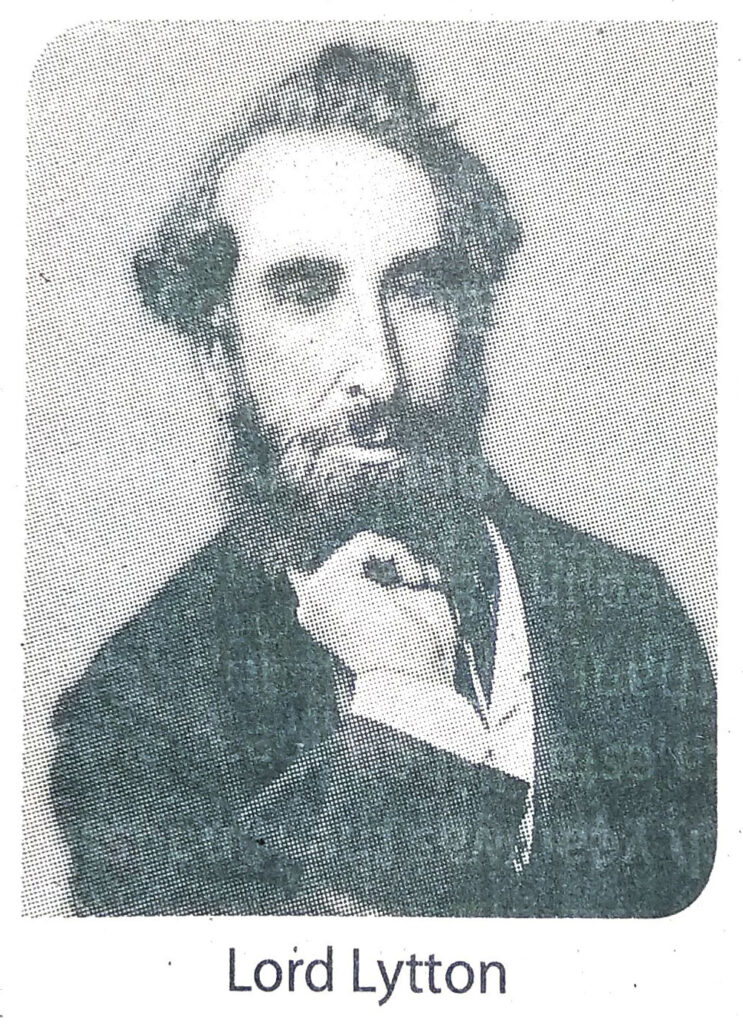
Short Answer (SA) Type Questions
Answer in 2 to 3 sentences

- The colonial system of education was confined to a limited section of the Indian society. People who lived in the villages were deprived of the benefit of western education.
- The colonial system of education neglected women’s education and could not attract the muslim community.
- The greatest defect was that it neglected the education of the people at the elementary stage.
Very Short Answer (VSA) Type Questions
Answer in one sentence.
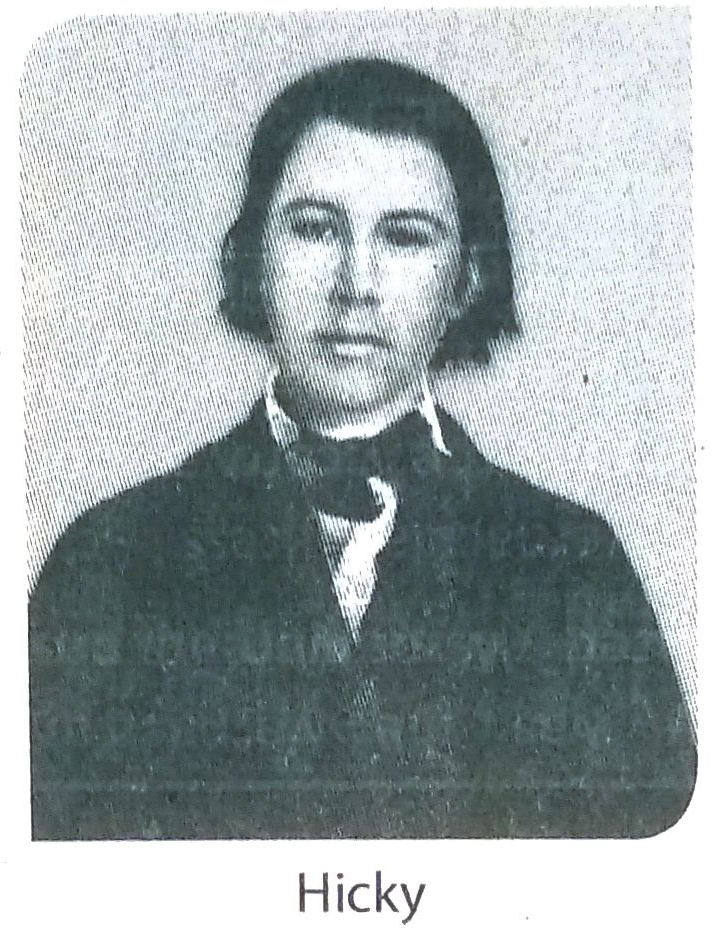

Fill in the blanks
Multiple Choice Questions (MCQ)
TOPIC – B
Answer in 15 to 16 sentences
- Initiative for national education: During the Swadeshi Movement, an attempt was made to establish a national system of education as an alternative for the education system of the British government. One of the objectives of national education was the spread of indigenous technical education. So Taraknath Palit, an Indian lawer, founded the Bengal Technical Institute in Calcutta on July 25, 1906.
- Association with other institutes: In order to spread the indigenous system of education, Bengal Technical Institute merged with Bengal National College in 1910 and formed the Bengal National College and Technical School. This joint institution was renamed as College of Engineering and Technology (CET) in 1928.
- Activities: After the merging of the institutions, arrangements were made for the cultivation of various subjects like Physics, Chemical Technology, Industrial Technology etc., besides the disciplines of Humanities. As a result several educated Bengalee youths could receive technical education and become self-dependent.
- Background: Famous scientist Sir Jagadish Chandra Bose was completely dedicated to the cultivation of science in India. He gathered a lot of experience by travelling through different countries and tried to build up a modern scientific research centre on the basis of his experiences.
- Foundation: Sir J C Bose resigned from the post of Professor in Presidency College (1950) and founded the Bose Institute on November 30, 1917 to carry out fundamental researches on different branches of science. He dedicated the institution to his nation in his welcome speech named ‘The voice of life’ at the inauguration ceremony.
- Expenses: Sir J C Bose sold his ancestral property in Munsigunj and spent the major part of it to establish the Bose Institute and to build up the infrastructure for the cultivation of science at global level. When the institute ran short of funds, Rabindranath Tagore extended a helping hand.
- Research work: Sir JC Bose arranged an international level of researches in various branches of science like Physics, Chemistry, Botany, Microbiology, Biochemistry, Biophysics, Environmental Science etc. He also made suitable arrangements for the publication of a journal containing the research papers.
Analytical Answer (AA) Type Questions
Answer in 7 to 8 sentences
- The spread of Western education: Modern Western education spread all over Bengal during the colonial rule. This helped to acquaint the students with the modern science and technology of the west. In this way, a backdrop for the development of modern scientific and technical education was created in Bengal.
- Primary initiative: One of the first and foremost institutions for the cultivation of modern science in Bengal was the “Asiatic Society’ founded by Sir William Jones in 1784. This society published different research papers on science in its magazine. Moreover, the famous chemist John Mackay began to teach chemistry at Serampore College in 1821.
- Science institutes: Science institutes grew up during the colonial period under the initiative of the British government and some eminent Bengalis to impart modern scientific education. In this context, some institutes that deserve special mention are Indian Association for the Cultivation of Science, Calcutta Science College, Bose Institute, National Education Council etc.
- Technical institutes: Along with the progress of science in Bengal, some educational institutions also grew up to impart technical education. Such institutes include Roorkee Engineering College (1847), Calcutta Engineering College (1856), Association for the Advancement of Scientific and Industrial Education, Calcutta (1903), Jadavpur Engineering College (1906), Bengal Technical Institute etc,.
- Initiative for national education: During the Swadeshi Movement, attempt was made to establish a national system of education as an alternative for the education system of the British government. One of the objectives of national education was the spread of indigenous technical education. So Taraknath Palit, an Indian lawer, founded the Bengal Technical Institute in Calcutta on July 25, 1906.
- Association with other institutes: In order to spread the indigenous system of education, Bengal Technical Institute merged with Bengal National College in 1910 and formed the Bengal National College and Technical School. This joint institution was renamed College of Engineering and Technology (CET) in 1928.
- Activities: After the merging of the institutions, arrangements were made for the cultivation of various subjects like Physics, Chemical Technology, Industrial Technology etc., besides the disciplines of Humanities. As a result several educated Bengalee youths could receive technical education and become self-dependent.
- Journals: The students of the College of Engineering and Technology, published a journal named ‘Tech’. They dedicated the first edition of this journal to those who had dreamt of national education during the age of Swadeshi Movement.
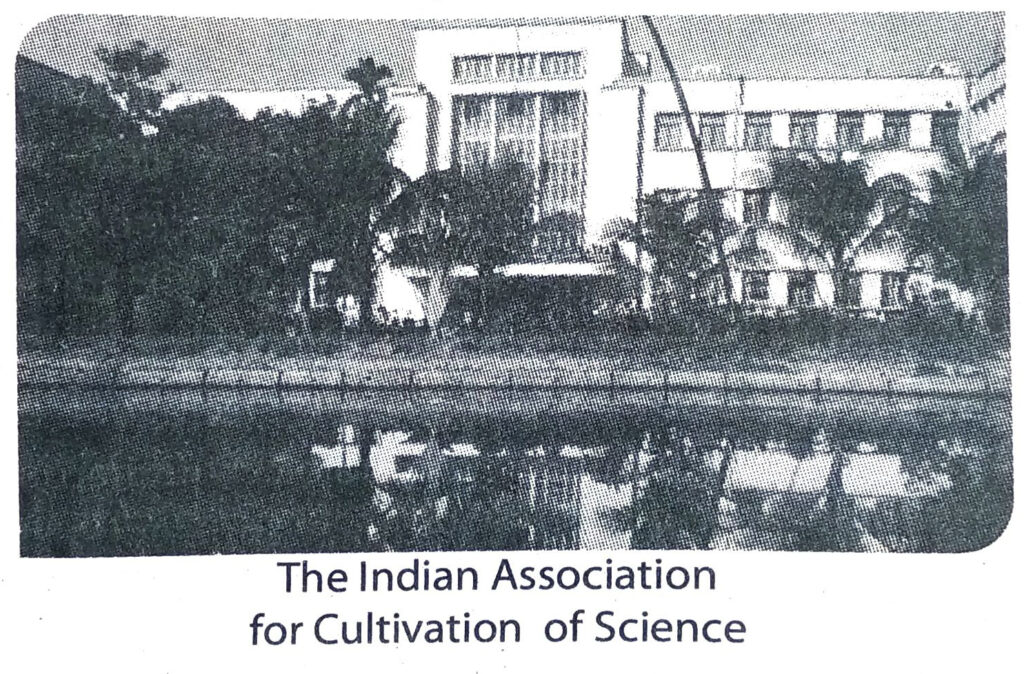

Short Answer (SA) Type Questions
Answer in 2 to 3 sentences
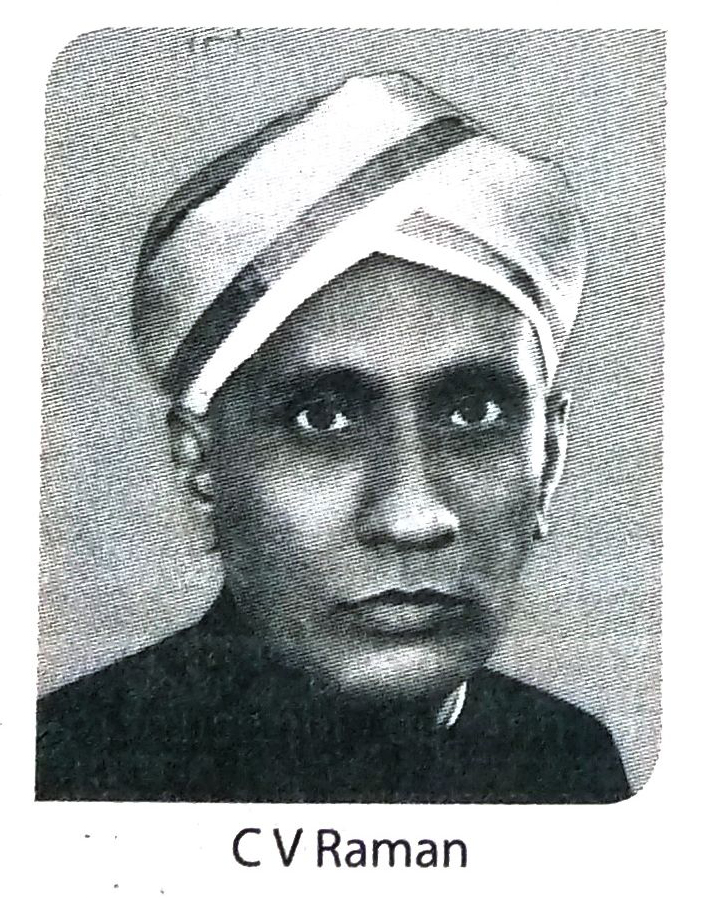

Very Short Answer (VSA) Type Questions
Answer in one sentence

Fill in the blanks
Multiple Choice Questions (MCQ)
TOPIC – C
Answer in 15 to 16 sentences

Ans. According to Rabindranath Tagore, there must be three basic elements in any ideal method of teaching. These are-[1] freedom, [2] creative self-expression, and [3] active communication with man and nature. His ideals of education were materialised through his ashramic school at Santiniketan. Rabindranath said, “At first started a school at Santiniketan and brought children here to let them move freely in the wide fields of this universe. But gradually it came to my mind that existing differences between one man and another would have to be removed and man will have to be emancipated amidst all other men.” He wanted to harmonise and integrate Eastern and Western cultures at Visva-Bharati. So he said, “the foundation of that relationship, which awaits discrimination all over the world, will be established here.” The Visva-Bharati University is pursuing its aim successfully till date.

Analytical Answer (AA) Type Questions
Answer in 7 to 8 sentences
Short Answer (SA) Type Questions
Answer in 2 to 3 sentences
Very Short Answer (VSA) Type Questions
Answer in one sentence
Mark True or False
Fill in the blanks
Multiple Choice Questions (MCQ)
Follow on Facebook page – Click Here
Google News join in – Click Here
Read More Asia News – Click Here
Read More Sports News – Click Here
Read More Crypto News – Click Here